Background Information on Andy Warhols Life as It Pertains to His Art
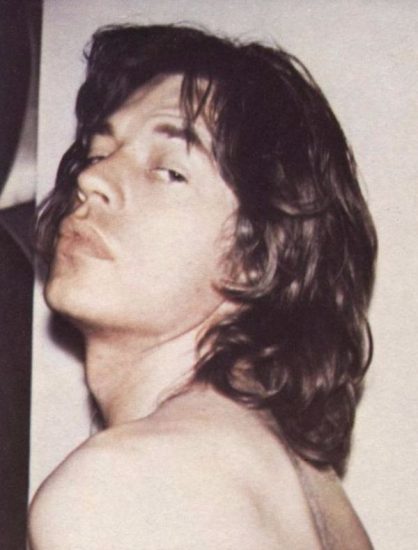
Andy Warhol and Mick Jagger first met in 1963, when the atomic number 82 singer of the Rolling Stones met the artist at a party during the band's bout. Warhol was known to be very social and a frequent partier, every bit was Jagger. This would fix to tone for their personal and professional relationship. The two worked together for the showtime time on the anthology art for the Rolling Stones anthologyGluey Fingersin 1971. Jagger approached Warhol to design the encompass for the upcoming album. The comprehend art forSticky Fingers features a closeup of the crotch of a man wearing a tight fitting pair of pants. Warhol's fascination with the human body and the Stones' sexual activity and rock n' roll image fit perfectly together and the two creators agreed to collaborate once again.
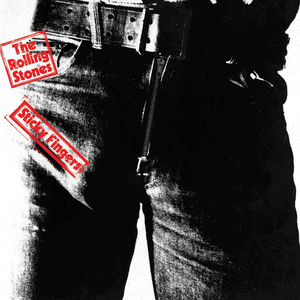
This kicked off the starting time of a productive and collaborative relationship between the 2 artists. A few years after in 1975, Warhol printed a portfolio of 10 screenprint portraits of Mick Jagger. Each one captures the singer in various expressions and poses, showcasing Jagger's famous looks and bad boy persona. The portraits feature blocks of opaque colour sometimes covering parts of Jagger's confront, too as a sketched line quality to them, all hallmarks of Warhol's distinct art fashion. Warhol at this fourth dimension was already obsessed with the idea of fame and celebrity. The Rolling Stones were hugely popular and touring around the globe past this point, making Jagger a perfect subject for Warhol'south artistic exploration.
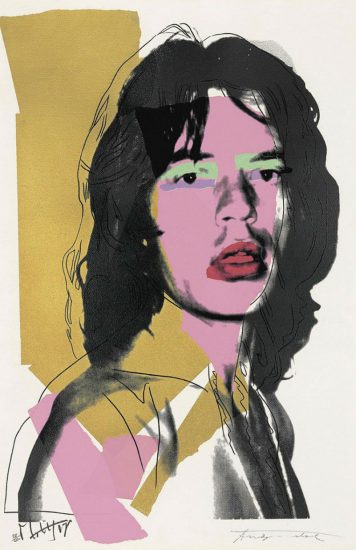
In the summer of 1975, Jagger and his wife Bianca rented Warhol's Long Island home and stayed with the artist for a catamenia of fourth dimension. The three hung out together and it was during this fourth dimension that Warhol shot his showtime photographs of Jagger, attempting to capture the man's illustrious personality. Warhol said of Jagger: "He's androgynous enough for almost anyone. That'south always been his bones appeal, mixed with the facts that: 1 – He's very talented; two – He's very intelligent; 3 – He'due south very handsome; four – He's very ambrosial."

Jagger also greatly admired Warhol, stating afterwards his death: "The thing that he seemed to be able to do was to capture society, whatever part of it he wanted to portray, pretty accurately. That's one of the things artists do, is show people later what it was similar." The two artists held a mutual respect and love for each other that was clear to come across. Both had magnetic personalities and incredible creative vision. Today, we get to savour the artistic fruits of their relationship through Polaroids and screenprint portraits.
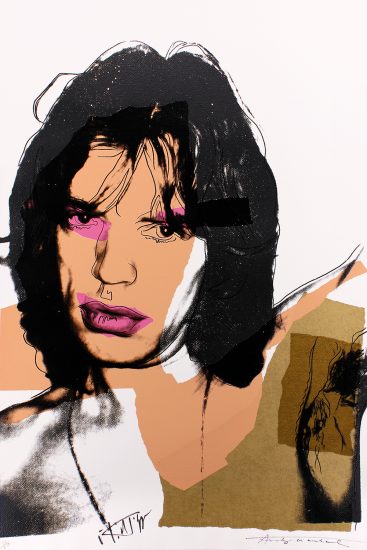
Andy Warhol: Campbell Soup Cans Serial
By Admin A on 16 Mar 2022
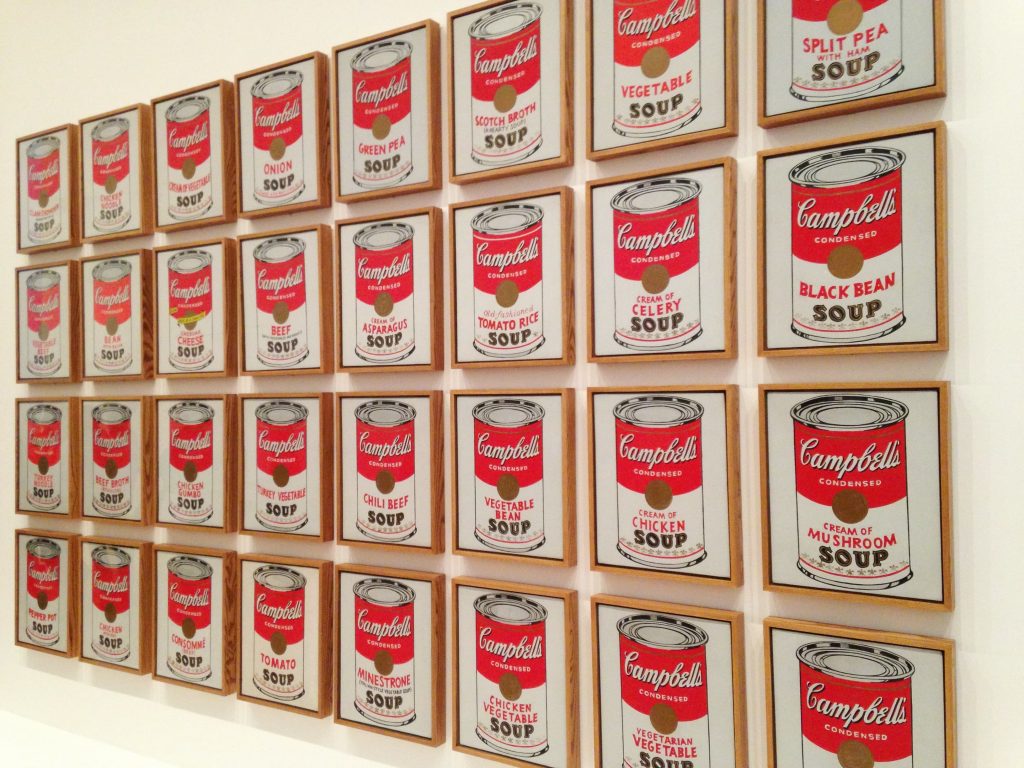
Introducing Andy Warhol's Campbell Soup Cans Series I and Two
Andy Warhol's Campbell's Soup Cans are perchance the nearly well-known images of American modern art. Initially created as a series of thirty two canvases in 1962, the soup cans gained international acclaim as a breakthrough in Pop Fine art. When the paintings were first exhibited in that yr, they were displayed together like products at a grocery store. Each soup can corresponded to a different flavour and resembled the actual paradigm of the red and white Campbell's Soup cans. Though they appeared identical to the well-known grocery items, the artist's handiwork was evident through the slight variations in the lettering and in the hand-stamped fluer-de-lis symbols on the bottom of each tin can. This juxtaposition betwixt pure replication and the artist's hand makes the series all the more intriguing.
Warhol's inspiration for the series developed from his personal life. He explains "I used to drink it. I used to accept the same lunch every day, for 20 years, I approximate, the same matter over and once more." This sense of repetition was definitely both internalized by the artist and embodied by commercial mass culture. Initially, the debut of the Campbell'southward Soup Cans was widely contested as many viewers struggled to grapple with such flagrant appropriation of a commonplace object. However, Warhol would take the themes of repetition and mass product further by creating two portfolios of Campbell'south Soup Can screen prints in 1968.
Screen print Portfolios I and Two
The screen impress portfolios Campbell's Soup Cans I and Campbell's Soup Cans II were created in 1968 and 1969 respectively. Each portfolio contains x screen prints and corresponds with the paintings and were 1 of the first portfolios to exist published through Factory Additions, a visitor Warhol created to distribute his prints. The mechanical photograph silk-screen process would further erase any trace of the artist'south hand and create a level of precision matching the design of the cans. This is an interesting adaptation of a medium which was typically used for producing advertisements. Warhol deliberately used the associations with the medium to make viewers question what qualifies a truthful work of art. The motivation backside the screenprints is succinctly summarized by Warhol'due south famous words: "I want to be a machine." Truly, this serial of prints are Warhol's most compatible and mechanical images he always produced. Presently afterward, this type of printmaking became Warhol's signature medium .
Campbell'south Soup Can 1968:

Andy Warhol, Campbell's Soup Can (Black Bean), 1968, Screenprint on Newspaper (F&S.2.44)

Andy Warhol, Campbell'south Soup Can (Chicken Noodle), 1968, Screenprint on Newspaper (F&Southward.II.45)

Andy Warhol, Campbell's Soup Tin (Tomato), 1968, Screenprint on Newspaper (F&S.2.46)

Andy Warhol, Campbell'due south Soup Tin can (Onion with Beefiness Stock), 1968, Screenprint on Paper (F&Due south.II.47)
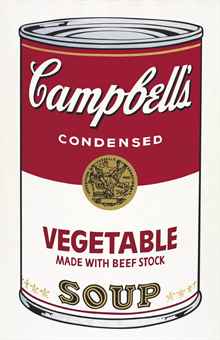
Andy Warhol, Campbell'due south Soup Can (Vegetable with Beef Stock), 1968, Screenprint on Paper (F&S.Two.48)

Andy Warhol, Campbell'due south Soup Can (Beef with Vegetables and Barley), 1968, Screenprint on Newspaper (F&S.Ii.49)
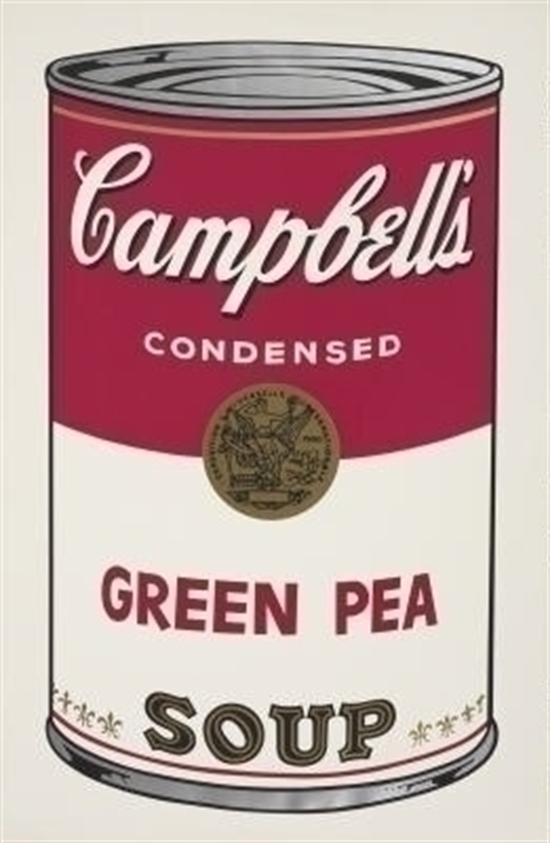
Andy Warhol, Campbell'southward Soup Can (Green Pea), 1968, Screenprint on Paper (F&S.II.50)

Andy Warhol, Campbell'southward Soup Can (Pepper Pot), 1968, Screenprint on Paper (F&South.II.51)

Andy Warhol, Campbell's Soup Can (Consomme), 1968, Screenprint on Newspaper (F&Southward.II.52)
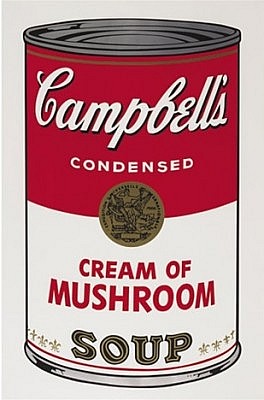
Andy Warhol, Campbell'due south Soup Can (Cream of Mushroom), 1968, Screenprint on Paper (F&S.Two.53)
Campbell'southward Soup Can 1969:

Andy Warhol, Campbell's Soup Tin can (Old Fashioned Vegetable), 1968, Screenprint on Paper (F&South.II.54)

Andy Warhol, Campbell's Soup Can (Scotch Goop), 1968, Screenprint on Paper (F&S.II.55)

Andy Warhol, Campbell'south Soup Can (Vegetarian Alphabet), 1968, Screenprint on Newspaper (F&S.Ii.56)
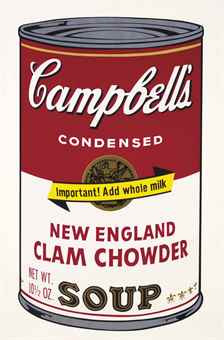
Andy Warhol, Campbell's Soup Can (New England Clam Chowder), 1968, Screenprint on Paper (F&S.Two.57)

Andy Warhol, Campbell'southward Soup Tin (Chicken 'N Dumplings), 1968, Screenprint on Paper (F&Due south.II.58)

Andy Warhol, Campbell'south Soup Tin can (Hot Dog Bean), 1968, Screenprint on Paper (F&S.II.59)
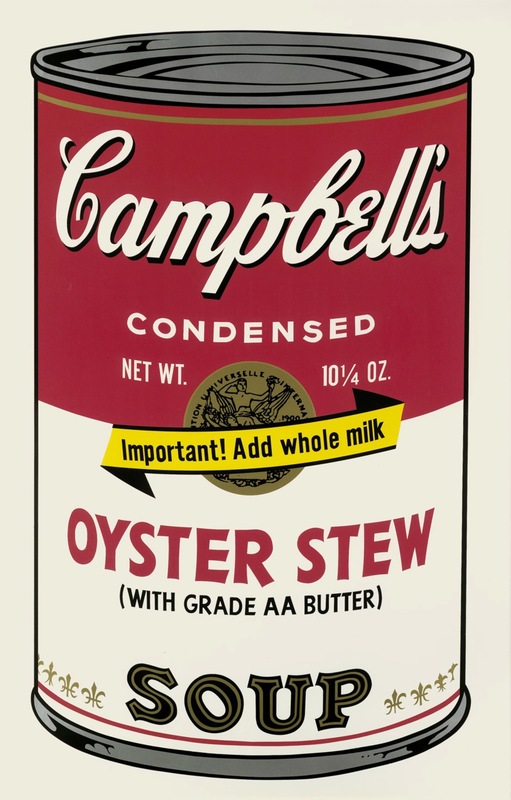
Andy Warhol, Campbell's Soup Tin (Oyster Stew), 1968, Screenprint on Paper (F&S.Ii.threescore)

Andy Warhol, Campbell'due south Soup Can (Tomato plant-Beef Noodle O's), 1968, Screenprint on Paper (F&S.II.61)

Andy Warhol, Campbell's Soup Can (Gilt Mushroom), 1968, Screenprint on Paper (F&S.II.62)
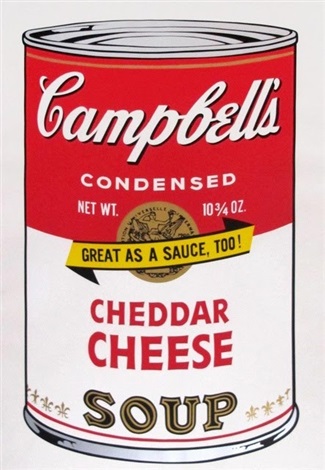
Andy Warhol, Campbell'southward Soup Tin (Cheddar Cheese), 1968, Screenprint on Paper (F&S.II.63)
0 Response to "Background Information on Andy Warhols Life as It Pertains to His Art"
Post a Comment